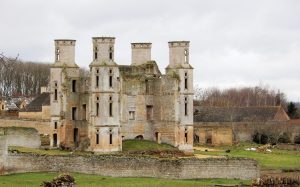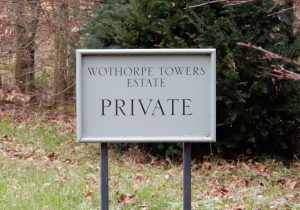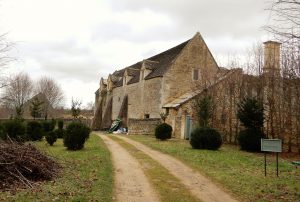The Burghley Walk January 2023: in glorious picture-colour
Photographic evidence by Simon Bradford. Random nonsense by Tony Attwood
 Burghley as you may know is a sixteenth-century English country house, of which it has been said, although what was said I am not quite clear.
Burghley as you may know is a sixteenth-century English country house, of which it has been said, although what was said I am not quite clear.
It is, according to Wikipedia “a leading example of the Elizabethan prodigy house,” which of course led me to wonder, “what is a prodigy house?”
 Well, I can now tell you because I have just looked it up. Prodigy houses are apparently large and showy English country houses built by courtiers and other wealthy families, either “noble palaces of an awesome scale”or “proud, ambitious heaps” according to taste.
Well, I can now tell you because I have just looked it up. Prodigy houses are apparently large and showy English country houses built by courtiers and other wealthy families, either “noble palaces of an awesome scale”or “proud, ambitious heaps” according to taste.
I must say I rather like calling a house built by the toff an “ambitious heap” and I shall be using that in forthcoming descriptions of the land roundabout.
The prodigy houses stretch over the periods of Tudor, Elizabethan, and Jacobean architecture, and this is interesting because my uncle Jacko was an architect and he may have been involved.
Tudor, Elizabethan, and Jacobean architecture, and this is interesting because my uncle Jacko was an architect and he may have been involved.
Anyway lots of these pads (as we urbanites call houses) were built with a view to housing Elizabeth I & Co as they toured with the royal progress across the realm, although I understand quite a few of the locations were in fact burned down deliberately to stop the freeloaders turning up with their  large retinue as they made their annual royal progress around the realm. Again citing from the all-knowing Wiki, many are close to major roads and often in the Midlands. Thus here we are near the A1.
large retinue as they made their annual royal progress around the realm. Again citing from the all-knowing Wiki, many are close to major roads and often in the Midlands. Thus here we are near the A1.
Now of the rest of the pictures, I know little, although a) I was on the walk (but chatting about affairs of state) and b) I’m told the bird below is a kite.
 And this of course is the problem for your correspondent, what with me being brought up in Tottenham. The right royal progress never came to N15, and if it had done I am sure the natives of the day would have had a word or two to say about the drainage.
And this of course is the problem for your correspondent, what with me being brought up in Tottenham. The right royal progress never came to N15, and if it had done I am sure the natives of the day would have had a word or two to say about the drainage.
“But what of Wothorpe Towers?” I hear you cry. That was built between 1615 and 1623 by Thomas Cecil, Earl of Exeter and was used as an overflow for lesser mortals.
However the fungus remains and if anyone is able to identify the fungus, please don’t tell me. I don’t really want to know.
